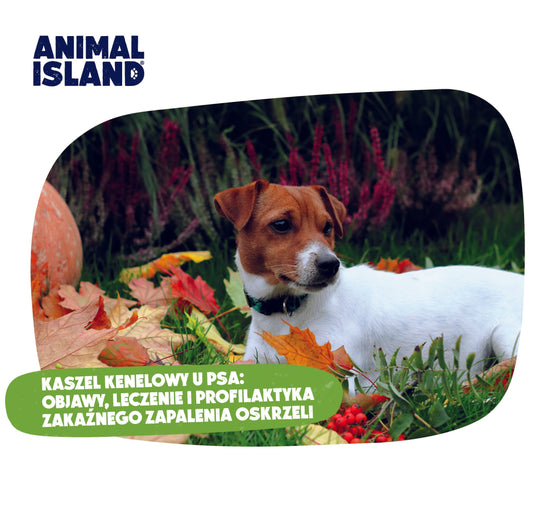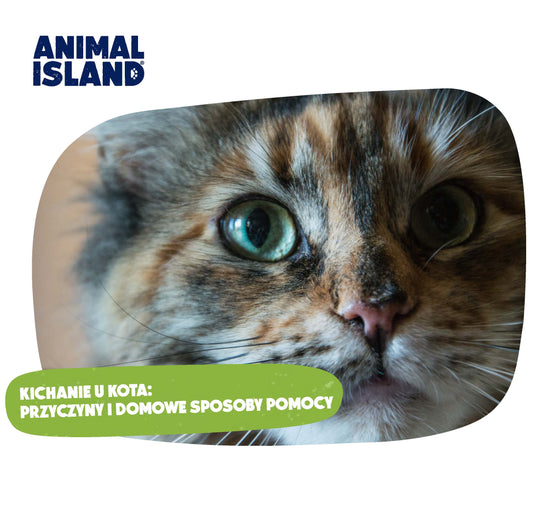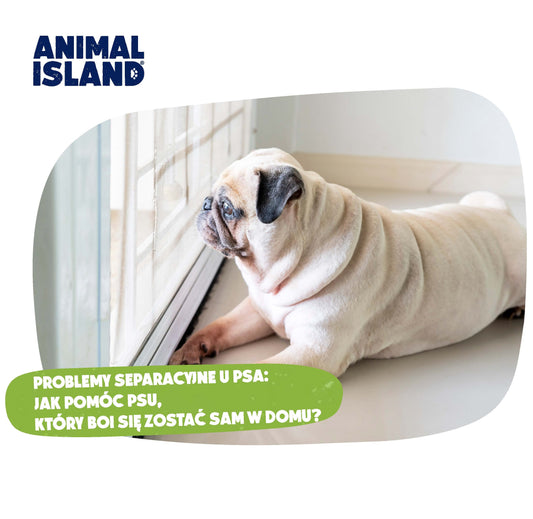What to feed a cat? This is what your pet's proper nutrition should look like

Cat food
Your friend deserves the best! Cats are individuals, with their own distinct preferences and likes in every aspect of their lives. What does this mean for us in the context of feeding our furry friends?
When choosing cat food, we must pay attention not only to its perfect composition and ideal match to the characteristics of a given individual, its age, breed, lifestyle and any special nutritional needs, but also... to its taste. We all know what a cat looks and behaves like when disgusted (literally!) by our lack of competence in this last matter, right?
Complete or complementary food?
When choosing cat food, you will come across the designation: complete food or complementary food. Complete food, as defined by FEDIAF (European Federation of the Pet Food Industry), is food that provides essential nutrients in appropriate quantities and proportions, sufficient to cover the daily nutritional requirements (taking into account the cat's age, activity level and physiological condition). Each complete food can be the sole food of a cat at any stage of its life. Complementary food is used only as an addition, e.g. when it is necessary to enrich the cat's diet with specific ingredients.
Important! If you decide to introduce new food to your kitten, remember to do it gradually! Is it like introducing new food to infants?
The rule is: the first three days – 25% of new food, the next three days – 50% of new and old food, the next three days – 75% of new food, the last, tenth day – 100% of new food.

Remember that your cat is a carnivore!
Cats are carnivores and in nature they spend almost half of their day hunting and then eating their low-calorie but high-protein prey. That is why meat should be the main ingredient of cat food! Only meat can provide your pet with taurine (not synthesized in the body, but necessary for the health of the circulatory system, nervous system and vision), specific polyunsaturated fatty acids (arachidonic acid AA-n6) and vitamin A in a special form that is perfectly absorbed by cats. In valuable cat food, the content of meat and animal products (e.g. offal) should constitute at least 70% of the product composition.
Types of food – what do we have to choose from?
The choice of cat food is huge! Before you go hunting – learn about the basic types of food:
-
wet food – wet food corresponds to the natural eating habits of the Cat, and its moisture content is as close as possible to the fluid content in the natural prey of a free-living Animal;
-
semi-moist – food with increased moisture, covering to a greater extent (compared to dry food) the Cat's need for water; semi-moist food is also less processed compared to dry food and more aromatic;
- freeze-dried – food obtained in the freeze-drying process, which involves drying frozen products; it allows you to preserve the natural taste and aroma of the ingredients and their maximum nutritional value.
Other cat feeding models:
-
BARF (Biologically Appropriate Raw Food) – a nutritional model based on feeding the animal raw meat and offal, the BARF diet requires supplementation with natural supplements.
-
Whole Prey – a model of feeding cats based on feeding the animal whole carcasses that it hunted on its own while living in the wild; commercially available feeds include bird carcasses (one-day-old chickens, quails, guinea fowls), rodent carcasses (food mice, food rats) and selected fish (whole, of course).
- Home cooked – a model of nutrition in which the cat owner independently prepares meals for their pet. Each meal should be prepared strictly according to the recommendations of specialists in animal nutrition, properly balanced and supplemented with necessary supplements.
Choose wisely – focus on quality and the perfect match of food to your needs
When choosing food for your Friend, make sure that it is a top-quality product that comprehensively meets all of the Cat's nutritional needs, providing nutrients from all groups - of course in the right quantities and proportions.
The food should be prepared from the highest quality, natural ingredients, preferably from local producers and responsible farms.
The most important rules for choosing cat food:
-
You can choose food according to the age of your cat – the nutritional needs of junior cats (up to about 12 months of age), mature cats (from 1 to 7 years of age) and senior cats (over 7 years of age) may differ slightly;
-
adjust the food to the individual characteristics and lifestyle of the Pupil, e.g. after castration - the demand for individual ingredients and the caloric content of meals may vary depending on the level of activity, which may be lower in castrated and sterilized representatives of the cat species;
-
adapt the food to special nutritional needs – you can choose balanced food from a range of specialist products intended for the nutrition of, among others, neutered cats, underweight, overweight or obese cats, cats struggling with food allergies or skin problems/reduced coat condition;
-
always read and analyze the labels on cat food packaging - the ingredients of the food are listed in order from the highest content to the lowest, choose products with a high content of fresh or dried meat (at least 70% of the composition - in the best foods the meat content is up to 99%!), give up products containing grains and artificial flavors, colors or preservatives;
- remember to keep it tasty – your Cat master will reward you for it with… purring!
The best wet food for cats
If your cat could choose between wet and dry food, they would most likely choose the former! Wet food has the perfect consistency for the cat's palate and an enticing scent, which is crucial for the animal (Cats have about 60-70 million olfactory cells, while humans have only about 5 million).
Wet food effectively hydrates our Pupil's body, covering up to 90% of the daily water requirement, and as a result - has a positive effect on the health of the urinary tract, helping to prevent, among others, urolithiasis.
In addition, wet food is less energetic than dry food and is recommended as part of caring for the Cat's proper body weight and preventing obesity. It is also worth adding that this type of food is more similar to the natural diet of wild and free-living cats.
Wet cat food is also the most convenient solution for you! Wet food is most often available in single-portion packages (pouches) or daily packages (cans, trays). They are easy to administer and effectively meet the nutritional needs of your Cat for a specific period of time. The temperature of the food is also important for your Friend - Cats in their natural environment eat freshly hunted, and therefore still warm, mice or birds. Serve wet food to your cat at room temperature - be sure to heat the portion taken out of the fridge to a temperature of about 18-22 degrees Celsius, thanks to which it will regain its delicious smell.
Cats eat around the clock! The menu prepared by Mruczek would include even a dozen or so small meals. However, due to the work and lifestyle of cat owners - the correct way of feeding a home cat is considered to be 5-6 portions. An average-sized, mature cat should eat about 320-400 g of food per day.
Always follow the nutritional guidelines on the product label, and consult your veterinarian/dietitian about any changes to the daily amount and caloric value of the food. It is also very important to observe the Cat - if it is gaining weight, reduce the portions and introduce more exercise and play. Sometimes tests will be necessary to find the cause of excess body weight.
At Animal Island , we know that cats love wet food, and you want to provide your friend with the best. That's why we've developed the highest quality, perfectly balanced wet meals for cats . These include chicken and duck, chicken and salmon, and turkey and quail meals, filled to the brim with human grade meat that could be on... your plate! These are 100% natural ingredients, 99% meat and zero unnecessary fillers!
This is a concept of nutrition based on the way animals eat in their natural environment. Cats are predatory carnivores that eat their prey whole. If our pets lived outside the house, their main food would be mice, which are a rich source of taurine (mice meat contains five times more of it than beef!).
Cat nutrition based on the BARF scheme therefore consists of feeding the animal raw meat and offal and supplementing it with natural supplements. The safety of the BARF diet depends on the proper balance of meals and the use of only fresh meat from proven sources. Due to the microbiological risk - specialists often advise against using the BARF diet for cats.
The best dry cat food
An alternative to wet food can be dry food for Cats, which, however, should not be the only food for our Pupil. Apart from exceptional situations, when, for example, we have to leave the Pupil alone for a few hours, it is strongly recommended to feed only wet food or use a mixed feeding model, which involves combining wet and dry food (of course, in the right amounts and proportions!).
The most popular dry foods are highly processed and high-calorie products. They contain a lot of fillers, primarily grains that are completely unnecessary in a cat's diet. Not only do they provide your pet with carbohydrates, the excess of which can lead to problems with overweight or obesity (and as a result: diabetes), but they can also contribute to the development or manifestation of food allergies (including gluten).
Feeding your cat only dry food also creates additional responsibility for the proper hydration of your pet's body. Dry food only meets a small percentage of the water requirement (it contains about 14% water), which means that the cat should replenish the water in the body by drinking.
This issue is not obvious for a Cat who, not feeling hungry, simply rarely uses a bowl of water. Remember that when using dry food, you must strictly control the amount of water consumed by the Pet - it is a minimum of 240 - 300 ml.
When choosing dry food, choose a new generation product! These are grain-free foods that contain the highest possible percentage of meat, offal and fish. Dry food should also include: taurine, omega-3 and omega-6 acids and vitamins (especially: A, D3, E, B12) and minerals and microelements.
This type of food is a good solution for those caregivers who spend a large part of their day outside the home. You can place dry food in an automatic dispenser, which will release a precisely measured portion for your furry friend at the right moment.
A place for your cat to eat – let him choose it
The best cat food already chosen? Analyze where your furry friend will eat his meals. The cat's dining room should be in a quiet and peaceful place, away from drafts, traffic routes and the litter box. You can also let your cat choose a place to feast. Place a few bowls and saucers around the house and observe your Cat. Remember that the food and water bowls should be spaced apart. If you have more cats living in your home, provide them with separate bowls and saucers and separate places to eat.
Active feeding is a good practice, thanks to which you can effectively counteract overweight and obesity in your cat and satisfy its natural hunting needs. How to encourage your cat to search and hunt? You can hide small portions of meals in various places in the house. Using interactive toys/feeders from which the cat can "release" its food is also effective.
Time to sum up – plan the optimal diet for your Cat!
The health and well-being of your cat depends largely on how and what it eats! We are convinced that your goal is to choose a diet that will fully satisfy all the needs and expectations (including taste) of your Pet!
The best Cat food is the one made of excellent quality ingredients, with a high meat content, without unnecessary grain fillers and artificial colors, flavors and preservatives. Remember that cat food should always be selected for their age and specific nutritional needs and lifestyle. Also remember about water - proper hydration is very important for the health and life of your little one.
Remember that what you feed your Pupil in is also very important! Glass bowls and plates , which do not irritate cat whiskers, can be found in our offer. This is a guarantee that every meal will taste exactly as it should!
Are you wondering what else to feed your little one? Will raw meat or milk be good for them? What is the situation with food that is not recommended and is dangerous for cats? You will learn about it in the next article -> What to feed cats apart from food? What products are prohibited?


 Wścieklizna
Wścieklizna

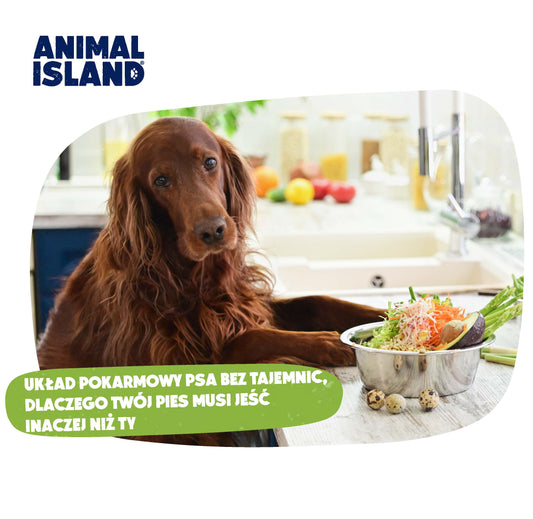

 Zęby i jama ustna – stworzone do chwytania, nie mielenia
Zęby i jama ustna – stworzone do chwytania, nie mielenia
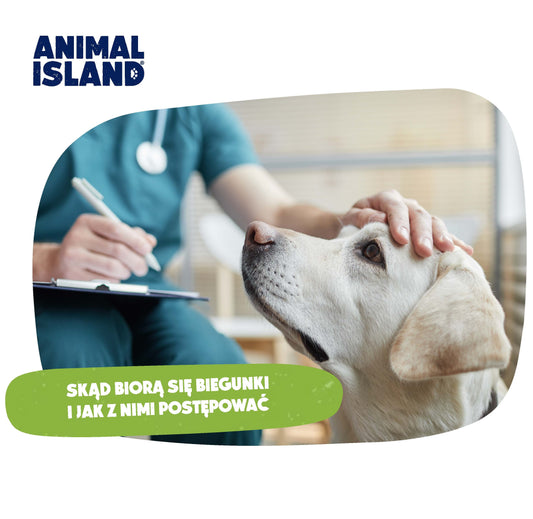



 ROZSĄDNA DIETA, BY ZAPOBIEGAĆ BIEGUNCE W PRZYSZŁOŚCI
ROZSĄDNA DIETA, BY ZAPOBIEGAĆ BIEGUNCE W PRZYSZŁOŚCI
